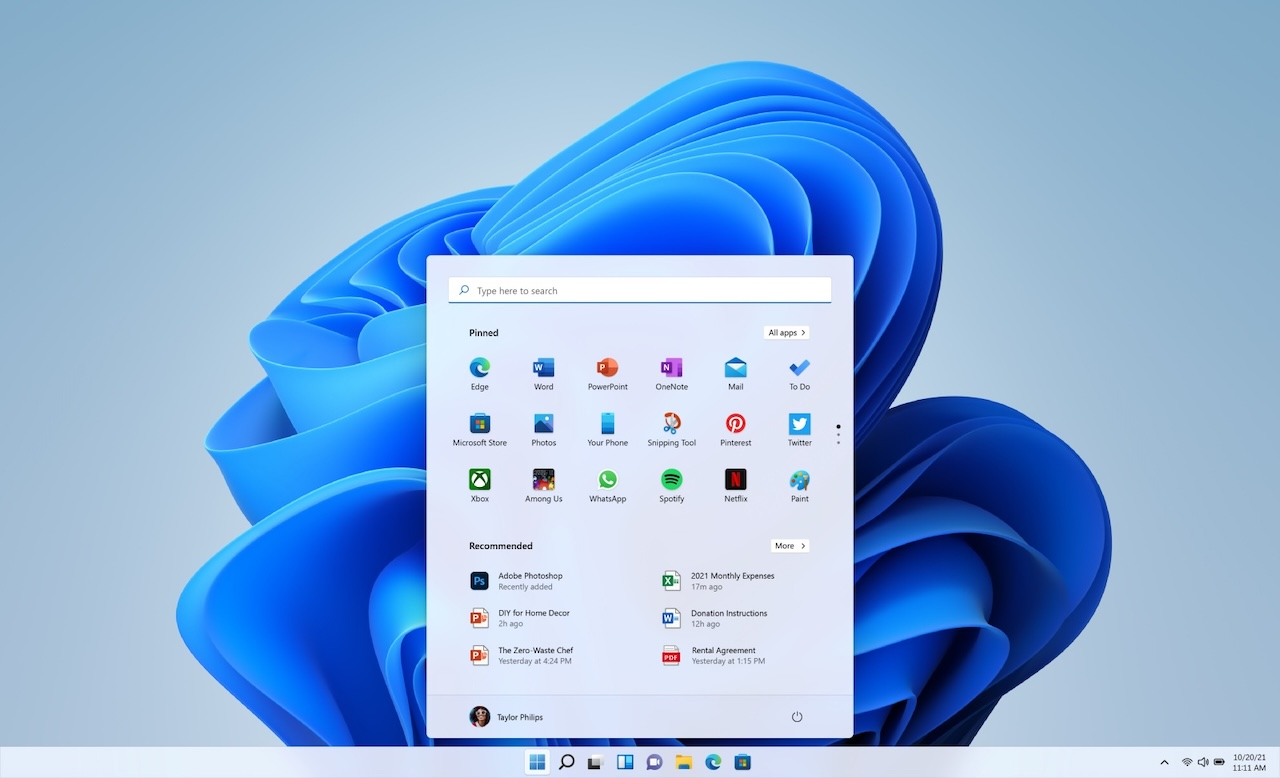Auto HDR magic: Do games really look better on Windows 11?

Those who have upgraded to Windows 11 will likely have heard of Auto HDR – Microsoft’s striking claim that even older, non-HDR games can appear more vibrant and cinematic. It sounds like something lifted straight from marketing territory, yet once seen in action, it prompts a question: is the feature truly impressive, or merely illusionary?
What exactly is auto HDR?
First, the concept needs breaking down. HDR (High Dynamic Range) is a display technology that enables brighter whites, deeper blacks, and richer colours. Normally, a game must be designed with HDR support in mind. Auto HDR, however, represents Windows 11’s effort to extend that quality to titles never built for it – essentially giving classic favourites a fresh coat of paint.
Here lies the key point: there is no need to adjust complex settings or install mods. If the monitor supports HDR and the feature is activated, Windows 11 manages everything else. The only requirement is the system upgrade itself – and, indeed, a legitimate Windows 11 key is necessary to unlock the full experience.
Does it actually make a difference?
Now comes the million-euro question: does Auto HDR genuinely enhance how games appear? The short answer: yes, though with caveats. Titles such as Skyrim, Rocket League, and Age of Empires II instantly appear livelier, with improved contrast and colour depth. Sunsets seem warmer, shadows deeper, and overall immersion receives a notable boost.
That said, it is not flawless. Certain games appear somewhat oversaturated, while others show minimal difference. Auto HDR performs best when a title already features strong visuals that respond well to enhanced contrast. In more minimalistic cases, such as older indie platformers, the effect may hardly register.
Performance concerns: Myth or reality?
One of the main concerns among players when Auto HDR was revealed was performance. Would it cause frame rate drops? The good news: it does not. Since Auto HDR operates at the system level via DirectX 11 and DirectX 12, the performance impact is minimal. Enhanced visuals arrive without demanding a stronger graphics card. That is a win by any standard.
Which games shine the most?
Auto HDR is not yet universal, but its reach is considerable. Microsoft reports that over a thousand titles benefit from the feature. Games with abundant natural lighting and environmental effects – such as Forza Horizon 4 or Sea of Thieves – stand out vividly. Even older releases like Halo: The Master Chief Collection gain a refreshed look that lessens their age.
Interestingly, competitive players may not place much importance on Auto HDR. For those focused on frame precision in Valorant or CS:GO, latency often outweighs visual enhancements. However, in single-player adventures or local co-op sessions, Auto HDR contributes genuine spectacle.
The verdict: Magic with limits
So, is Auto HDR truly remarkable? In many respects, yes. It delivers a modern upgrade to established favourites without requiring developers to produce remasters. Yet, as with any technology, imperfections exist. At times the enhancement appears subtle, at others excessive. Still, for players seeking every visual advantage available through their hardware, Auto HDR on Windows 11 deserves consideration.
Ultimately, it serves as another indicator of how far PC gaming has evolved – merging nostalgia with modern innovation. Moreover, through digital marketplaces such as Eneba, obtaining game keys and in-game upgrades has become simpler than ever, ensuring any gaming library continues to impress.
The editorial unit

























Facebook
Twitter
Instagram
YouTube
RSS